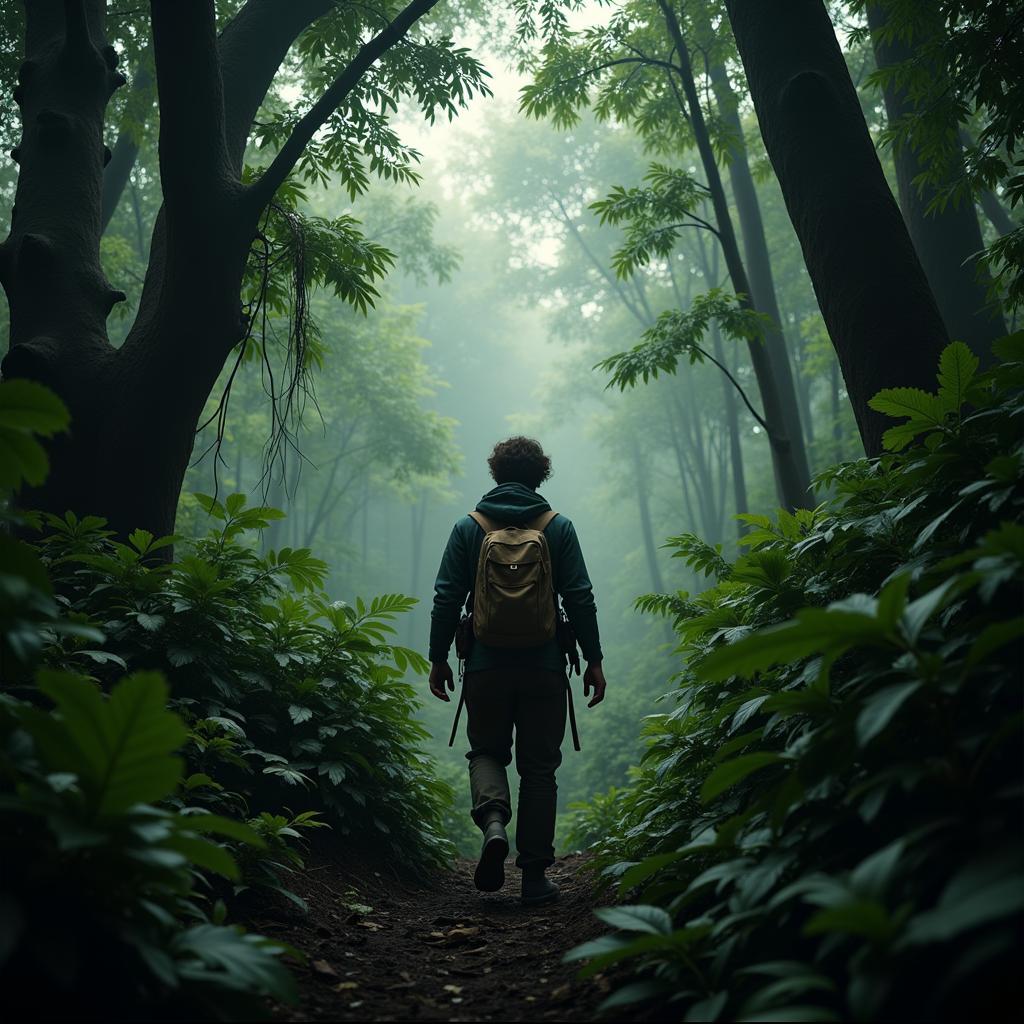Choosing the Right African Cichlid Tank Rocks
African Cichlid Tank Rocks are essential for creating a natural and healthy habitat for these vibrant fish. Choosing the correct rocks not only enhances the aesthetics of your aquarium but also plays a crucial role in the well-being of your cichlids. This guide will delve into the importance of selecting appropriate rocks, the types of rocks to consider, and how to arrange them for optimal benefit.
Choosing suitable rocks for your African cichlid tank is crucial for replicating their natural environment. Beyond aesthetics, these rocks provide hiding places, breeding grounds, and territorial markers, contributing to the fish’s overall health and behavior. Learn more about compatible fish with the african cichlid compatibility chart.
The Importance of Rock Selection for African Cichlids
African cichlids, originating from the rift lakes of East Africa, have evolved to thrive in rocky environments. These rocks offer more than just decoration; they serve vital functions within the tank ecosystem. Providing a natural environment enriched with appropriately chosen rocks reduces stress, encourages natural behaviors, and contributes to a vibrant and thriving cichlid community.
Why Rocks Matter
- Territoriality: Rocks create natural boundaries, allowing cichlids to establish and defend their territories. This reduces aggression and promotes a more balanced social structure within the tank.
- Breeding: Many cichlid species utilize caves and crevices formed by rocks for spawning and protecting their fry. Suitable rocks are essential for successful breeding.
- Security and Stress Reduction: The presence of rocks provides hiding places, allowing cichlids to escape from dominant tank mates or stressful situations, contributing to their overall well-being.
- Water Chemistry: Certain types of rocks can help buffer the water, maintaining a stable pH and alkalinity, which is crucial for the health of African cichlids.
Types of Rocks Suitable for African Cichlid Tanks
Not all rocks are created equal when it comes to cichlid tanks. Some rocks can leach harmful substances into the water, while others may not be structurally sound. Here are some suitable choices:
- Texas Holey Rock: This porous rock is excellent for creating caves and hiding places. It’s lightweight and easy to arrange.
- Lava Rock: A porous and lightweight option that provides excellent biological filtration and is aesthetically pleasing.
- Slate: A durable and readily available rock that comes in various colors and shapes, offering versatile aquascaping options.
- Granite: A hard, dense rock that is inert and won’t affect water chemistry. It’s important to ensure it’s free of sharp edges.
What size tank is appropriate for African cichlids? Check out our guide on a 5 gallon african cichlid tank.
Creating the Perfect Rock Scape
Arranging the african cichlid tank rocks effectively is key to creating a functional and visually appealing habitat.
Tips for Arranging Rocks
- Build a Stable Base: Start with larger rocks at the bottom to create a solid foundation and prevent rocks from toppling.
- Create Caves and Crevices: Strategically position rocks to form hiding places and potential breeding sites.
- Consider Water Flow: Ensure the rock arrangement doesn’t obstruct water flow and allows for adequate circulation.
- Leave Open Swimming Space: While rocks are important, leave open areas for cichlids to swim freely.
- Quarantine New Rocks: Before adding any rocks to your tank, thoroughly clean and quarantine them to prevent introducing unwanted bacteria or parasites.
Maintaining Your Cichlid Tank Rocks
Regular maintenance is important to ensure the health of your cichlid tank and its rocky environment. Periodically remove rocks for cleaning to remove algae and debris. Avoid using soap or harsh chemicals as these can be harmful to your cichlids.
“Maintaining a clean and stable environment is paramount for the health and well-being of African cichlids,” says Dr. Amani Jabari, a renowned aquatics expert specializing in cichlid care. “Regularly cleaning the tank and its rocky structures is crucial for preventing disease and ensuring the longevity of your fish.”
Considering tank mates for your African butterfly cichlid? See our guide on african butterfly cichlid tank mates. You might also enjoy learning about the african butterfly peacock cichlid.
Conclusion
Selecting and arranging african cichlid tank rocks is a crucial aspect of creating a thriving cichlid aquarium. By understanding the importance of rock selection, choosing appropriate rock types, and arranging them thoughtfully, you can provide a healthy and stimulating environment for your African cichlids. A well-maintained rocky habitat will enhance the beauty of your tank and contribute to the overall well-being of these fascinating fish.
FAQ
- What types of rocks are safe for African cichlids? Texas Holey Rock, Lava Rock, Slate, and Granite are safe choices.
- How should I arrange the rocks in my cichlid tank? Create caves, crevices, and a stable base, but also allow for open swimming areas.
- How do I clean the rocks in my cichlid tank? Remove them periodically and scrub with clean water, avoiding soap or chemicals.
- Why are rocks important for African cichlids? They provide territories, breeding sites, and hiding places, reducing stress and encouraging natural behaviors.
- Can I use any rock I find outside in my cichlid tank? No, not all rocks are safe. Some can leach harmful substances into the water.
- How often should I clean my cichlid tank rocks? Clean them as needed, depending on algae growth and debris accumulation.
- Where can I find suitable rocks for my African cichlid tank? Pet stores and online retailers specializing in aquarium supplies are good sources.
Are you looking for colorful cichlids? Find out about the 5 color african cichlid.
For assistance, please contact us at Phone Number: +255768904061, Email: [email protected] or visit us at Mbarali DC Mawindi, Kangaga, Tanzania. We have a 24/7 customer service team.

